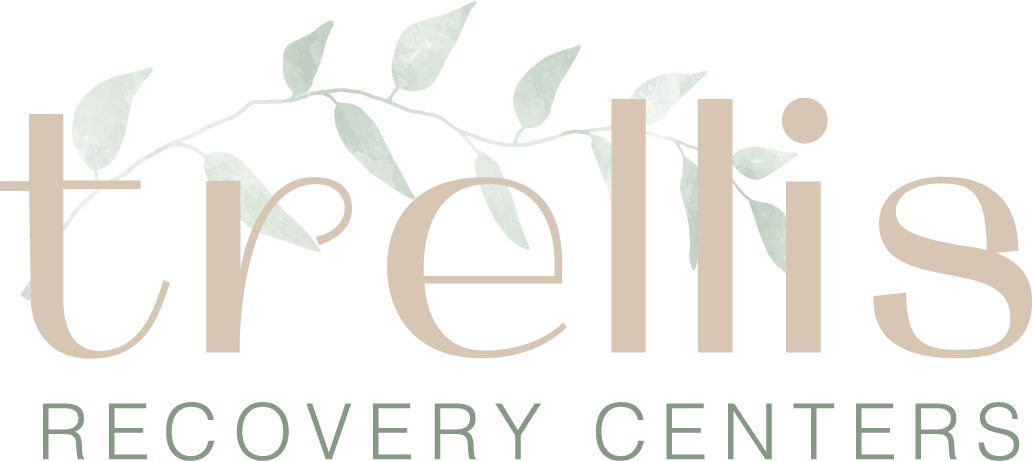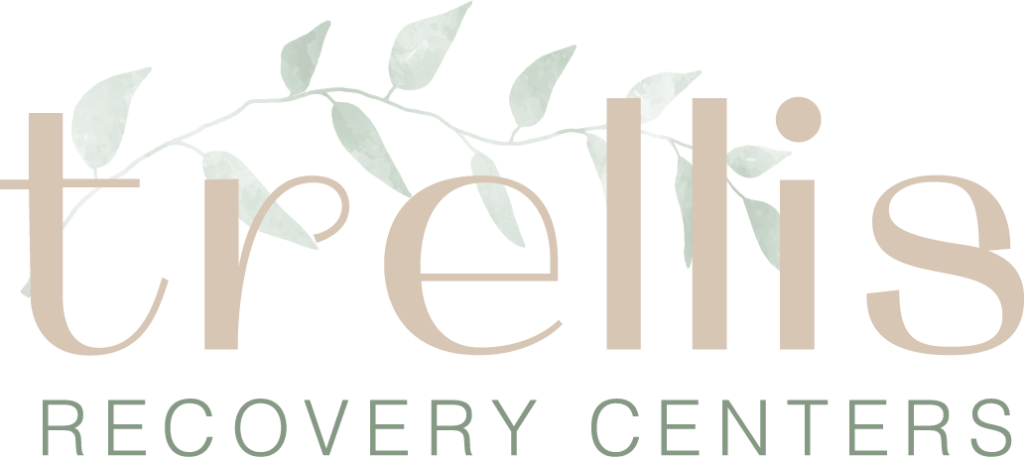Even after decades of eating disorders being in the news, misinformation and stereotypes still exist. People commonly think the answer to, “How many eating disorders are there?” is just one or two. They often find themselves surprised to know what the most common eating disorder is and other facts about these dangerous mental health disorders. Trellis Recovery Centers provides highly focused residential treatment that helps people with a variety of types of eating disorders. We use evidence-based care to help people reframe how they see themselves and their place in the world.
How Many Different Types of Eating Disorders Are There?
Those unfamiliar with the subject often wonder, “How many eating disorders are there?” There are several types of eating disorders that can affect a person’s life and health. Each one requires professional treatment to help people understand their symptoms and begin recovery. The types of eating disorders include:
Anorexia nervosa: Causes a person to have a distorted image of their body size and a preoccupation with using harmful weight loss methods to achieve an unhealthy low body weight.
Binge Eating: Symptoms include regular episodes of binge eating large quantities of food that cause shame, guilt, and physical discomfort.
Bulimia nervosa: Causes a person to binge eat and then try to compensate by using purging behaviors, including vomiting, taking laxatives, or using diuretics.
Avoidant/Restrictive Food Intake Disorder (ARFID): The person is extremely sensitive to certain food characteristics, including taste, texture, and smell. This causes them to avoid many foods and have a very limited diet.
Other Specified Feeding or Eating Disorder (OSFED): A category for those who do not fit other specific types of eating disorders. OSFED includes subthreshold anorexia, atypical bulimia, and purging disorder.
Pica: This causes a person to compulsively crave and eat non-food substances such as dirt, chalk, and paper. The person may also consume dangerous things like paint chips or batteries.
Orthorexia: Symptoms include becoming completely obsessed with “healthy” eating to the point that a person will only eat a limited amount of types of food and end up with an unhealthy dietary intake.
Rumination disorder: This causes a person to regurgitate food they have swallowed and chew and swallow it again or spit it out. It can result in weight loss and malnutrition.
What is the Most Common Eating Disorder?
What the most common eating disorder is surprises many people. While anorexia and bulimia receive a lot of media coverage, the most common eating disorder is binge eating disorder. In fact, it is a primary chronic illness suffered by adolescents. When this is not addressed in treatment, it can continue long into adulthood.
The results of binge eating can cause people to wonder, “Is obesity an eating disorder?” The state of being overweight or obese is not an actual eating disorder, but people who consistently binge eat over long periods of time risk weight gain that can be dangerous to their health. Obesity can be a symptom of an eating disorder.
Disorders that Are Often Confused With Eating Disorders
Eating disorders are complex mental health disorders. In determining how many eating disorders there are, it’s important to recognize that some conditions and disorders can be confused with eating disorders. This makes it vitally important that each person receives a full assessment and accurate diagnosis of their eating disorder so other types of illnesses can be ruled out.
Other disorders sometimes confused with eating disorders include:
Body dysmorphic disorder: This is an obsessive-compulsive disorder that causes a person to develop a preoccupation with perceived flaws in their physical appearance. They spend hours a day examining themselves and trying to conceal the areas they consider flawed. Some people have multiple plastic surgeries that ultimately fail to ease how they view themselves.
Achalasia: This is a disorder that impairs the lower esophageal sphincter and prohibits food from passing from the esophagus to the stomach. This causes a person to regurgitate the food and can be mistaken for bulimia.
Celiac disease: This is a chronic disorder of the digestive tract in which a person cannot tolerate gluten. Because it limits the types of food a person eats, it can be mistaken for anorexia or orthorexia.
Is Treatment Available for the Many Types of Eating Disorders Listed Above?
Despite how many eating disorders there are, treatment is available for all of them and can dramatically improve a person’s physical and mental health. What type of treatment a person should get depends on the severity of their condition and how long they have had it.
The levels of care available to treat eating disorders include residential, which is often the starting point when a person initially seeks treatment. The individual lives in a facility temporarily while receiving round-the-clock care. The alternative or what can be used after completing residential care is called outpatient care. There are three levels and all take place during the day, which allows the person to live at home. The levels include outpatient programs (OP), intensive outpatient programs (IOP), and partial hospitalization programs (PHP).
Therapies for These Eating Disorders
Exposure to different types of therapies helps a person understand their illness and how to overcome it. Each therapy offers a way to reimagine a person’s relationship with their body, self-image, and food. From there, they develop healthy coping skills and learn to stay strong in recovery. Types of therapy that help treat eating disorders include:
- Cognitive Behavioral Therapy (CBT)
- Dialectical Behavior Therapy (DBT)
- Individual Psychotherapy
- Holistic therapy
- Family therapy
- Group therapy
- Somatic therapy
- Nutrition Counseling
Contact Our Treatment Programs for Eating Disorders in Los Angeles, California
Once people find out how many eating disorders there are, they often realize they may have one and need help. Trellis Recovery Centers provides multi-disciplinary care for many common eating disorders here in Los Angeles. We teach people to understand the power they have to overcome their challenges and enjoy better physical and mental health. Our team of eating disorder-trained professionals uses their expert knowledge to elevate the ability of women and men to enter a strong recovery and stay there.
For more information about our program, contact us today. No one should have to suffer from an eating disorder. Let us show you the way out.

